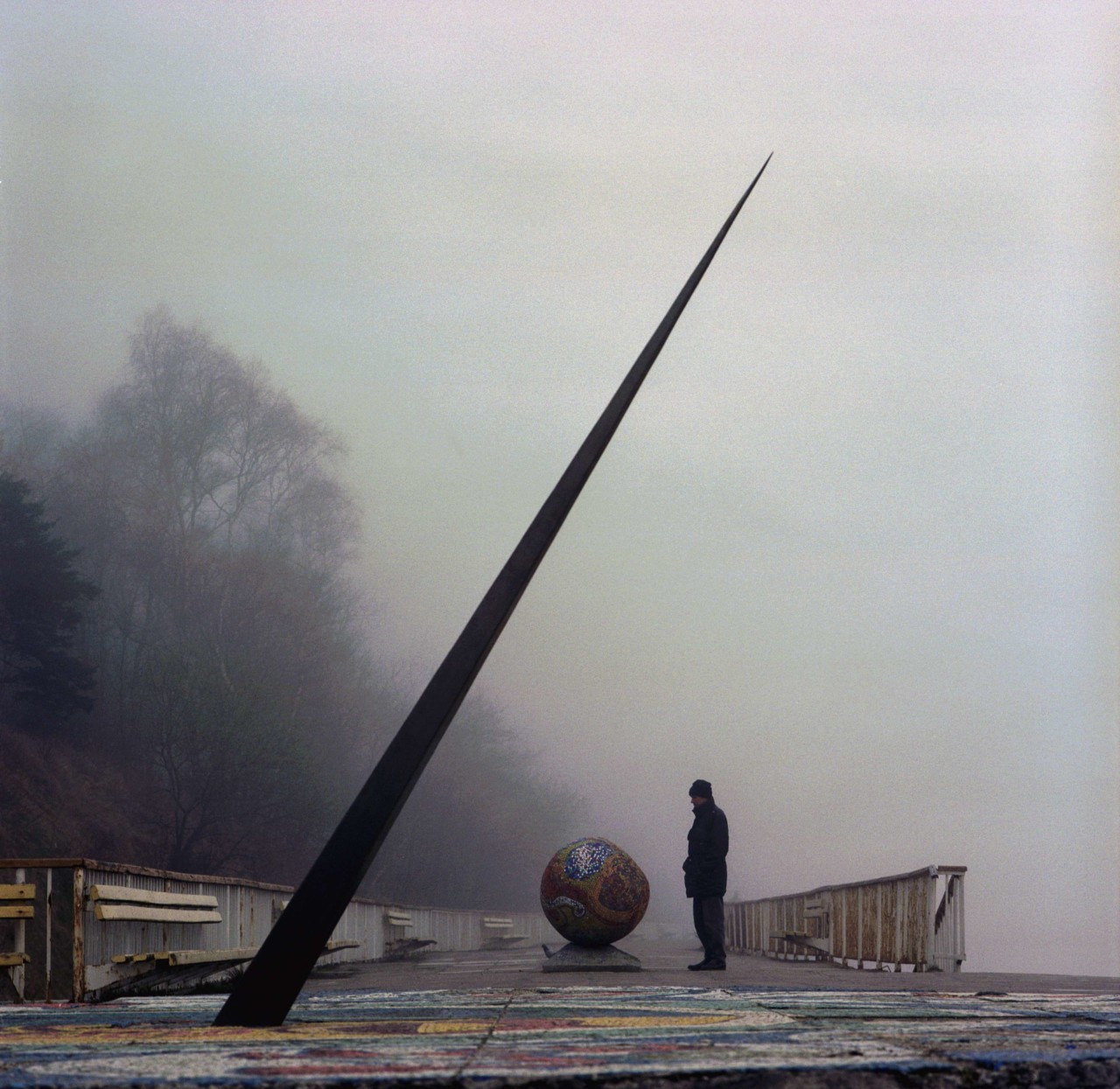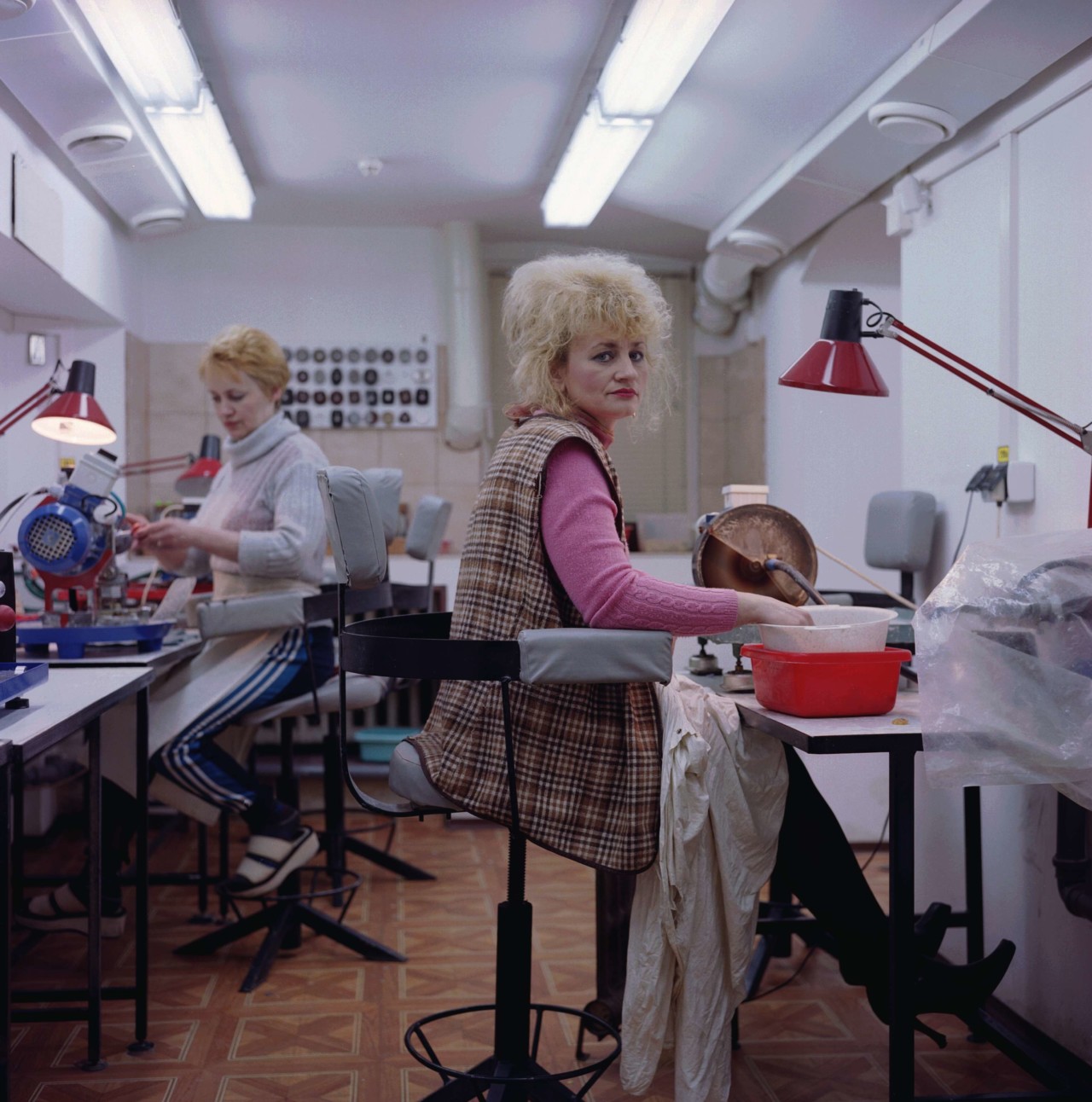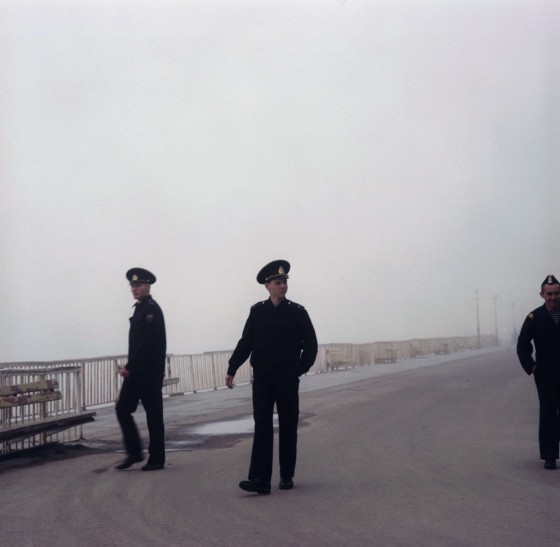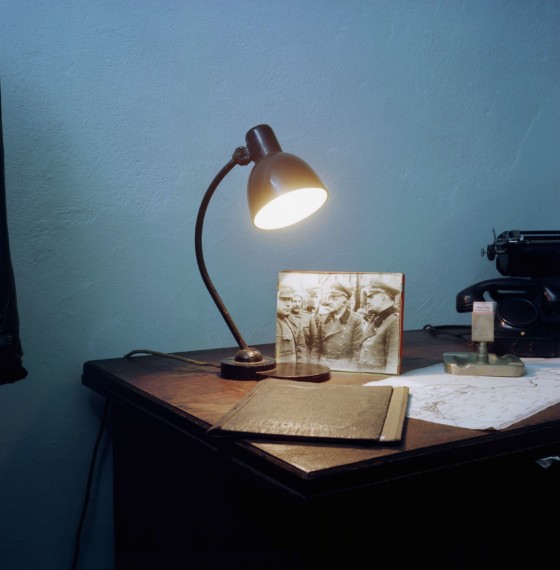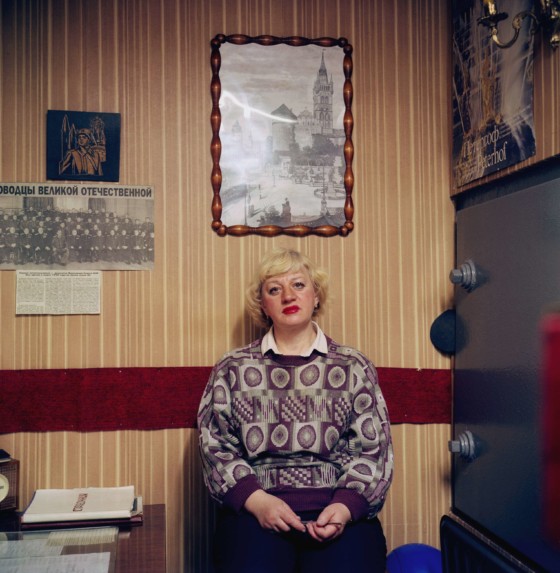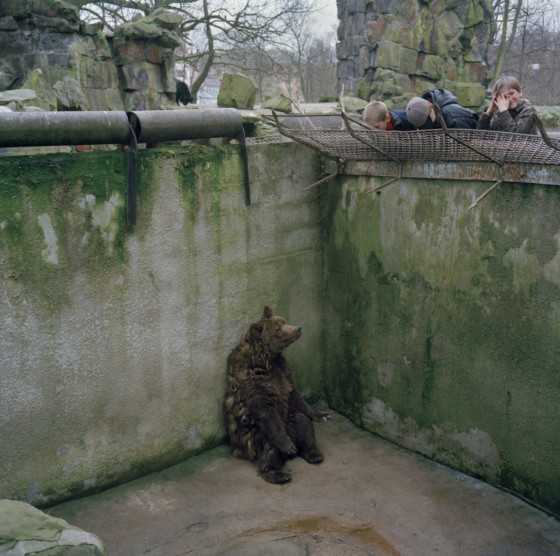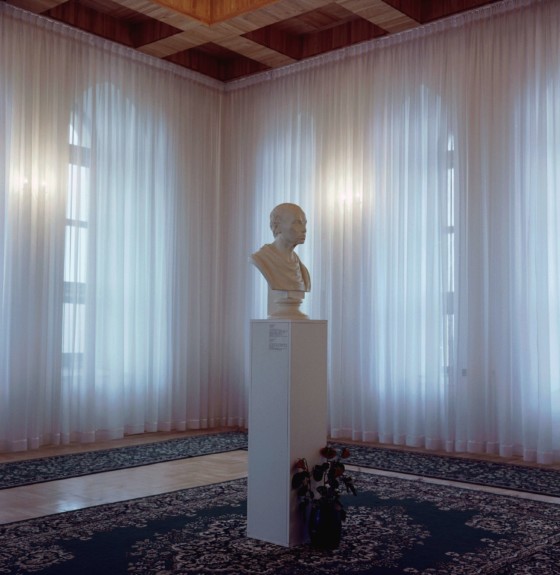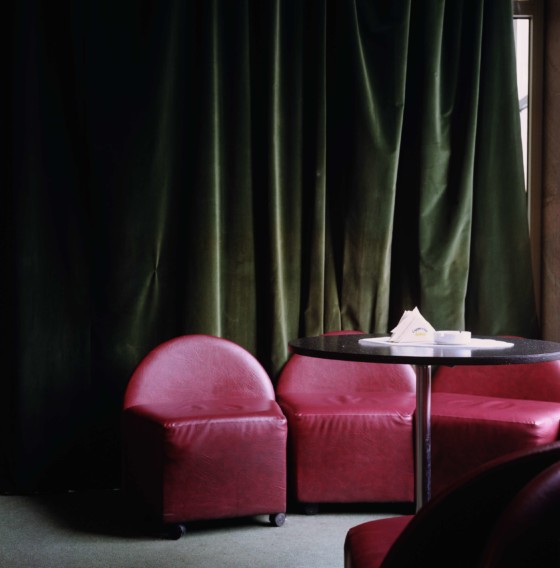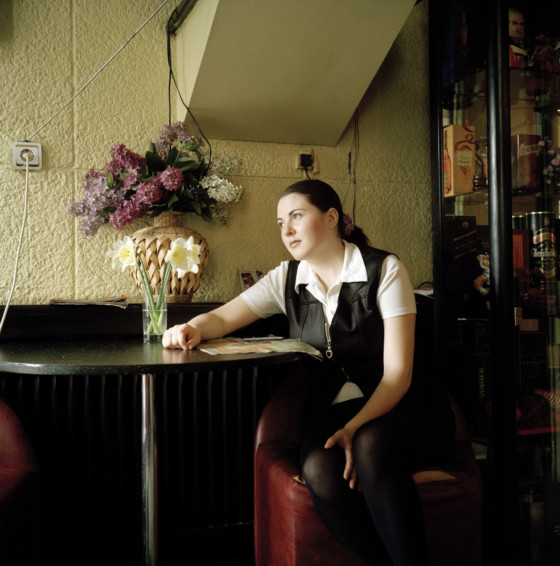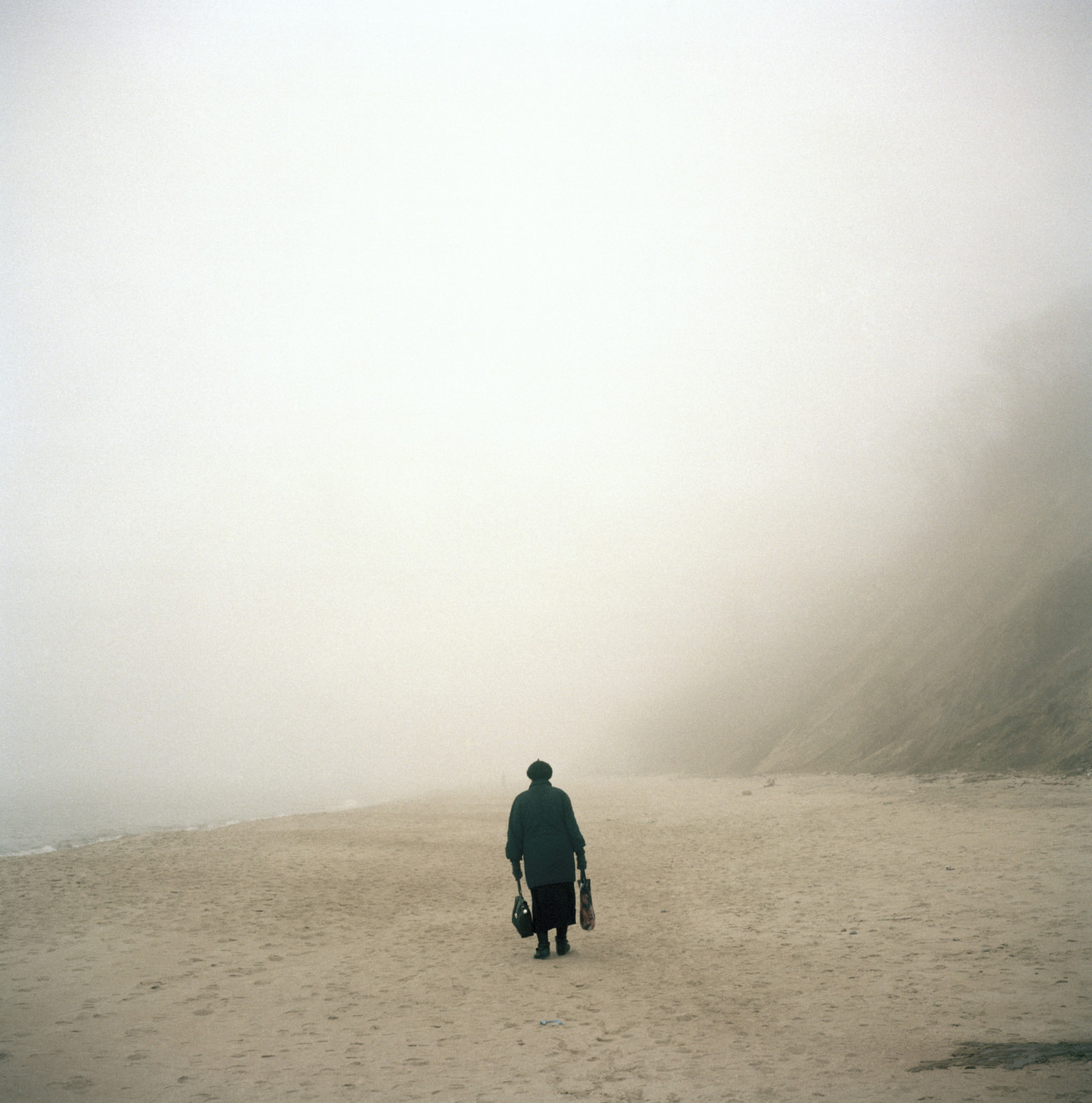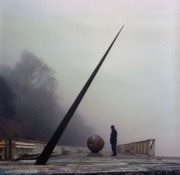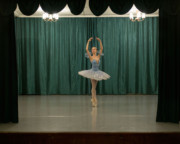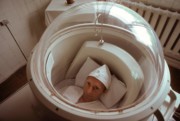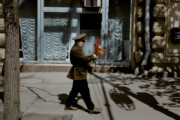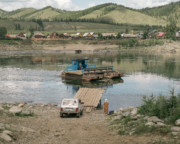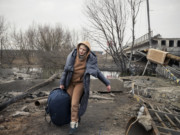Post-Soviet Style in Kaliningrad
A look back at Peter Marlow’s portrait of the former German, former USSR, now Russian city
The capital city of the former German, former USSR, now Russian region of Kaliningrad, situated between Poland, Lithuania, and the cold sea, is both geographically and ideologically miles away from the usual global fashion destinations. Lacking the glamour of style capitals like Paris, London, New York and Milan, and without the cultural cachet of the likes of cosmopolitan, art-world communal centers such as Berlin or Los Angeles, Kaliningrad’s eponymous capital city has been chosen by fashion designer Gosha Rubchinskiy as the location to show his Fall/Winter 2017 collection on January 12, 2017–a decision that reads jarringly in the fashion schedule..
With its brutalist, Slavic architecture and its politically charged history and present (Russia is reportedly deploying nuke-ready missiles to the area, and in response the US has reportedly sent special forces to the Russian Border as NATO is poised to act against this perceived ‘aggression’ from Putin), the location could be seen as fitting aptly with fashion’s enfant terrible du jour Rubchinskiy’s fixation with a post-soviet adolescent aesthetic. It’s also, perhaps, symptomatic of 2017’s inescapably heightened political climate, which, this billing suggests, cannot fail to penetrate even the glitzy world of the international fashion circuit.
Not long after a bleak period in the 90s, during which Kaliningrad was, according to Research Scholar Dr. Nicole Eaton, Assistant Professor of History at Boston College, “the absolute worst place to be in Russia,” in 2001 Magnum’s Peter Marlow photographed the city. Marlow captured the vistas: its brutalist concrete forms purposefully Slavic in their aesthetic so as to erase not only swastikas and other Nazi symbols but other German design characteristics that signified the former occupiers; he also photographed the people, mostly Russians, descendent of those who were incentivized by the Russian government to move there when the Germans were banished in 1945.
Visiting Kaliningrad with Marlow was the late acclaimed writer AA Gill, who wrote in his book AA Gill is Away (2001): “There’s something rather restful about Kaliningrad’s unremitting hideousness.” In his 2001 article for The Sunday Times, which accompanied Marlow’s photo essay, he offered an insight into the creeping infiltration of Western culture in the former communist city: “On top of the bile-green slurry-taupe and mortician-grey tenement blocks, the slogans of communism – ‘bread and motherland’, ‘Victory to Heroic Soviet workers’ cling on, but are being elbowed aside by the United Colors of Benetton, Panasonic and Coca-Cola. Kaliningrad doesn’t know if it’s coming or going. In fact, it’s doing both.”


